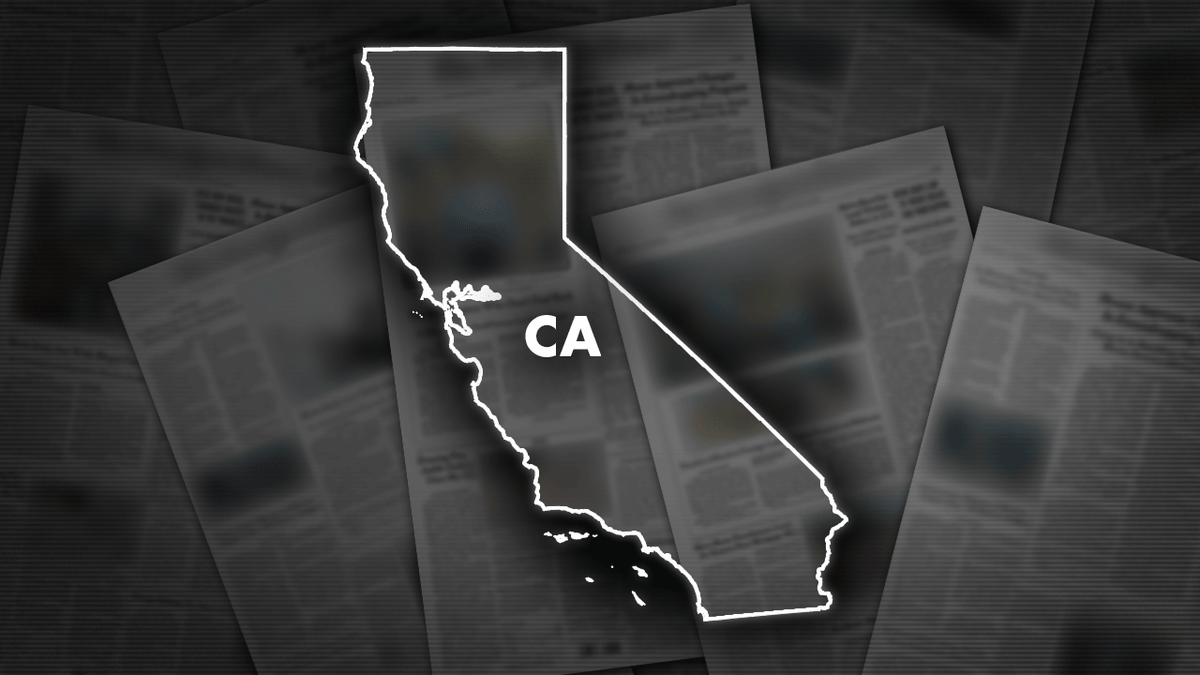Fox News Flash top headlines for September 30
Fox News Flash top headlines are here. Check out what's clicking on Foxnews.com.
The collision that killed two Union Pacific employees earlier this month in Southern California happened when the train slammed into 92 empty railcars that had been stored on a side track for nine months, investigators said Thursday.
The National Transportation Safety Board said in its preliminary report that the Sept. 8 derailment caused roughly $1.2 million damage, but investigators haven't determined what caused the crash in the desert near the Salton Sea.
Both members of the Union Pacific crew were ejected when their train hit the parked cars around 2:40 a.m. that morning, and the two men died at the scene. The NTSB said the two locomotives that were pulling the train derailed along with one of the cars they were pulling and two of the parked railcars that had been there since December. But the other 121 railcars loaded with shipping containers remained on the tracks, as did two locomotives at the back of the train.
RAILROADS VS. UNIONS: WHAT'S NEXT AND WHY THE STRIKE THREAT ISN'T OVER
It wasn’t immediately clear why the train wasn’t stopped by the automatic braking system Union Pacific uses. That Positive Train Control system is aimed at reducing human error by automatically stopping trains in certain situations, such as when they’re in danger of colliding with another train, derailing because of excessive speed, entering a track under maintenance or traveling the wrong direction because of switching mistakes.

Investigators say that the cause of a Union Pacific train accident in Southern California that killed two people is still unclear. (Fox News)
Congress required railroads to create and install that braking system after a commuter train collided head-on with a freight train near Los Angeles in 2008, killing 25 and injuring more than 100.
LA TRAIN THEFTS: DA GASCON RESPONDS TO UNION PACIFIC CONCERNS
Investigators said the eastbound train was going 28 mph before a dispatcher directed it to pull onto the siding, which is typically used for trains to pull off the main track and allow oncoming traffic to pass by.
A spokesperson for the Omaha, Nebraska-based railroad declined to comment on this derailment Thursday because the NTSB is investigating it.
The NTSB said its investigation will focus on the railroad's dispatching procedures, its rules for long-term storage of rail cars and its signal and train control system. But the agency said its review will take between one and two years to complete.
UNION PACIFIC SECOND QUARTER PROFIT IMPROVES AS RAILROAD DELIVERY DELAYS ARE REDUCED
Union Pacific is one of the nation’s largest freight railroads with a network of 32,400 miles of track in 23 Western states.


